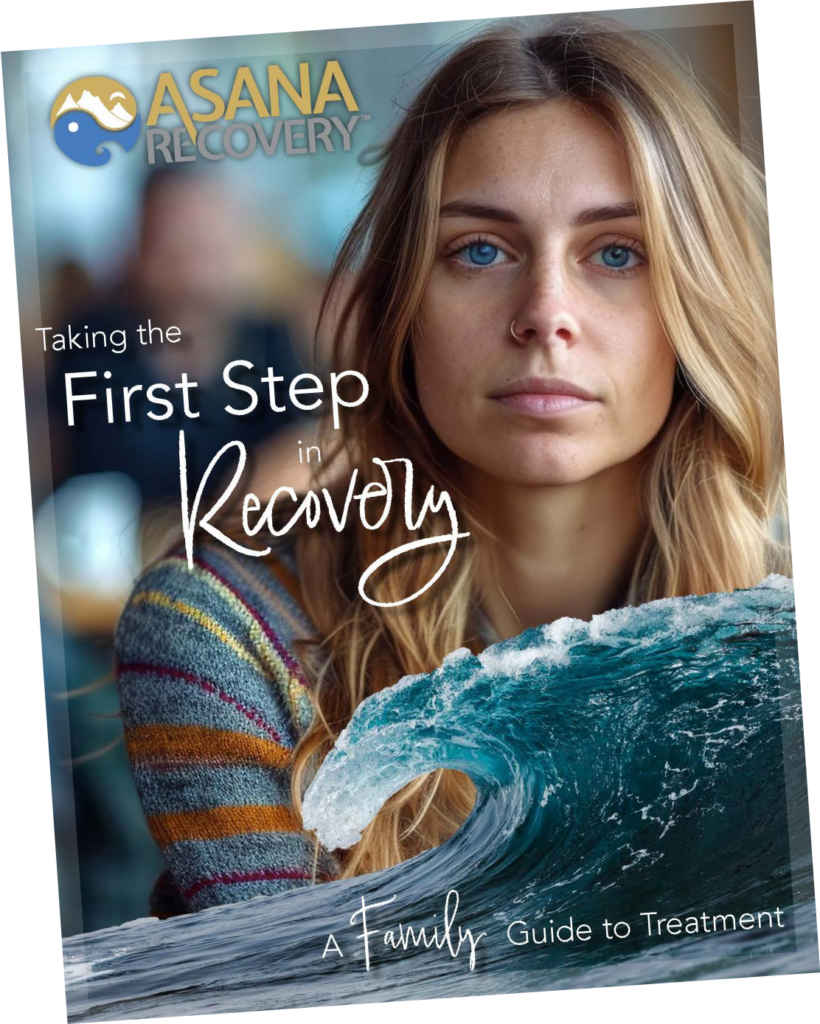Obsessive-Compulsive Disorder (OCD) affects millions worldwide, leading many to explore various treatment options. While Pristiq (desvenlafaxine) is primarily prescribed for depression, there’s growing interest in its potential role in managing OCD symptoms.
Pristiq belongs to the Serotonin-Norepinephrine Reuptake Inhibitor (SNRI) class of medications. It works by increasing the levels of both serotonin and norepinephrine in the brain. The standard dosage for Pristiq is 50mg taken once daily, with possible adjustments between 25mg and 400mg based on individual response.
Key Characteristics:
While Pristiq is not FDA-approved specifically for treating OCD, emerging research in the field of SNRIs shows promising results comparable to traditional SSRI medications. The mechanism behind its potential effectiveness lies in its dual action on both serotonin and norepinephrine neurotransmitters.
Clinical studies examining SNRIs have demonstrated efficacy rates similar to SSRIs, particularly in cases where first-line treatments have proven insufficient. Healthcare providers may consider prescribing Pristiq off-label when patients have shown resistance to conventional OCD treatments or experience better tolerance to SNRIs compared to SSRIs. The medication’s unique pharmacological profile, combining serotonergic and noradrenergic effects, may offer additional benefits for patients who experience both OCD and comorbid conditions like depression or anxiety.
Clinical Evidence:
The side effect profile of Pristiq requires careful consideration and monitoring. Patients typically experience mild to moderate side effects that often diminish over time as the body adjusts to the medication. Nausea and dry mouth are frequently reported in the initial weeks of treatment, but these symptoms usually subside with continued use. Fatigue and dizziness may affect daily activities, particularly during the adjustment period, necessitating careful timing of medication intake. Some patients report excessive sweating, which can be particularly noticeable during physical activity or in warm environments.
Constipation and appetite changes may require dietary modifications and increased fluid intake. Sleep disturbances, while common, often improve with proper sleep hygiene practices and consistent medication timing. These side effects should be regularly discussed with healthcare providers to ensure optimal management and treatment adherence.
When considering Pristiq, it’s important to understand potential side effects:
Mild Side Effects:
The treatment landscape for OCD extends far beyond medication alone. Cognitive Behavioral Therapy (CBT) stands as a cornerstone of OCD treatment, offering structured approaches to managing intrusive thoughts and compulsive behaviors. Exposure and Response Prevention (ERP) therapy, a specialized form of CBT, helps patients confront anxiety-provoking situations while learning to resist compulsive responses.
Acceptance and Commitment Therapy (ACT) provides tools for accepting uncomfortable thoughts while maintaining focus on valued life activities. Advanced treatment options like biofeedback utilize technology to help patients gain greater awareness and control over their physiological responses to anxiety. In severe cases, Deep Brain Stimulation may be considered, offering hope for treatment-resistant OCD. Transcranial Magnetic Stimulation represents another innovative approach, using magnetic fields to modulate brain activity in regions associated with OCD symptoms.
Several established treatments exist for managing OCD:
Therapeutic Approaches:
Alternative Treatments:
Asana Recovery works with most PPO plans, covering up to 100%. See if your insurance can help fund your journey. Click below to get a free quote.

Creating a comprehensive treatment routine involves integrating multiple therapeutic approaches and lifestyle modifications. Establishing consistent sleep patterns helps regulate mood and anxiety levels, while following an organized daily schedule provides structure and predictability that can reduce OCD-related stress. Mindfulness activities, such as meditation and deep breathing exercises, help develop awareness of thoughts without becoming overwhelmed by them. Regular physical exercise not only improves overall health but also releases endorphins that can help manage anxiety and stress. Implementing CBT strategies throughout daily activities reinforces therapeutic progress and provides practical tools for managing OCD symptoms in real-world situations.
A comprehensive approach to managing OCD often includes:
The dosing strategy for Pristiq in OCD treatment requires careful consideration and individualization. While the standard starting dose is typically 50mg daily, healthcare providers must consider multiple factors when determining the optimal dosage. These factors include the severity of OCD symptoms, presence of comorbid conditions, previous medication history, and individual tolerance to SNRIs.
Clinical experience suggests that higher doses don’t necessarily correlate with improved effectiveness and may actually increase the risk of adverse effects. The therapeutic window appears to be similar to that used in depression treatment, with most patients responding to doses between 50-100mg daily. Any dose adjustments should be made gradually under close medical supervision, with regular assessment of both therapeutic benefits and potential side effects.
The timeline for experiencing therapeutic benefits from Pristiq varies significantly among individuals and requires patience during the initial treatment period. Most patients begin to notice subtle improvements in their OCD symptoms within 4-6 weeks of consistent use, though some may respond more quickly or require additional time. The full therapeutic effect typically emerges over 8-12 weeks of treatment.
During this period, it’s crucial to maintain regular communication with healthcare providers to monitor progress and address any concerns. The gradual onset of action is related to the medication’s mechanism of working through neurotransmitter systems and the brain’s adaptation to these changes. Some patients may experience improvements in sleep and anxiety before noticing significant changes in their OCD symptoms.
Combining Pristiq with other therapeutic interventions often creates a synergistic approach to OCD treatment. This integrated strategy typically yields better outcomes than monotherapy alone. Cognitive Behavioral Therapy (CBT) and Exposure and Response Prevention (ERP) therapy can be particularly effective when combined with Pristiq, as the medication may help reduce anxiety levels enough to allow patients to engage more fully in therapeutic work. However, careful consideration must be given to potential drug interactions when combining Pristiq with other medications. This is particularly important with other medications that affect serotonin levels, as there’s a risk of developing serotonin syndrome. Regular monitoring by healthcare providers ensures the safety and effectiveness of combination treatments.
Discontinuing Pristiq requires careful planning and medical supervision due to the potential for discontinuation syndrome. Abrupt cessation can lead to a range of physical and psychological symptoms, including dizziness, nausea, irritability, sensory disturbances, and anxiety. These symptoms typically emerge within days of stopping or significantly reducing the dose and can last for several weeks if not properly managed.
A gradual tapering schedule, typically extending over several weeks or months, helps minimize these effects. The exact tapering schedule should be individualized based on factors such as current dose, duration of treatment, and individual sensitivity to medication changes. Patients should maintain close communication with their healthcare providers throughout the discontinuation process to ensure proper management of any emerging symptoms.
The comparison between Pristiq and SSRIs for OCD treatment involves multiple considerations beyond simple efficacy ratings. While SSRIs remain the first-line medication treatment for OCD due to their extensive research backing and established safety profile, some patients may respond better to SNRIs like Pristiq.
The dual action of affecting both serotonin and norepinephrine can be particularly beneficial for patients who experience significant anxiety or energy-related symptoms alongside their OCD. Individual factors such as previous medication responses, side effect profiles, and comorbid conditions play crucial roles in determining the most appropriate medication choice. Some patients who haven’t achieved adequate symptom relief with SSRIs may find better results with Pristiq, while others may experience fewer side effects. The decision between Pristiq and SSRIs should be made through careful consultation with healthcare providers, considering the individual’s complete clinical picture and treatment history.
We get it. Addiction recovery is tough. That’s why our programs are founded and staffed by people in recovery – people who truly understand.
Living with OCD can be overwhelming, but you don’t have to face it alone.
At Asana Recovery, we understand that finding the right treatment plan, whether it includes medications like Pristiq or other therapeutic approaches, is essential for managing OCD effectively.
Our compassionate team of mental health professionals offers personalized care tailored to your unique needs. From evidence-based therapies like CBT to comprehensive treatment plans, we’re here to support you every step of the way. Contact Asana Recovery today to take the first step toward regaining control and finding balance in your life.
Take your first step towards lasting recovery. At Asana, we offer effective, insurance-covered treatment for addiction and mental health, guided by experts who understand because they’ve been there. Start your healing today.

This book has helped so many men and women; and we want to give it you for FREE. Get signed up today and discover how to unlock the grip of addiction and get back to living your best life.
In this book, you’ll discover…
— The Most Common Misconceptions About Addiction and Rehab
— Why Rock Bottom is a Myth and What You Can Do About It
–The Steps to Healing From Trauma, Both Mentally and Emotionally
–And much more!
© Copyright 2024 Asana Recovery™ | All Rights Reserved | Privacy Policy
You could save up to 100% of your treatment using your Insurance.





By submitting this form, you agree to Asana Recovery’s Privacy Policy. You also consent to Asana Recovery contacting you by phone, text message, and email regarding your insurance benefits and treatment services. You acknowledge that text messaging may involve risks, authorize the use of your Protected Health Information (PHI) for these communications, and understand you can opt-out of text messages at any time by replying “STOP”.
Asana Recovery
We firmly believe that the internet should be available and accessible to anyone, and are committed to providing a website that is accessible to the widest possible audience, regardless of circumstance and ability.
To fulfill this, we aim to adhere as strictly as possible to the World Wide Web Consortium’s (W3C) Web Content Accessibility Guidelines 2.1 (WCAG 2.1) at the AA level. These guidelines explain how to make web content accessible to people with a wide array of disabilities. Complying with those guidelines helps us ensure that the website is accessible to all people: blind people, people with motor impairments, visual impairment, cognitive disabilities, and more.
This website utilizes various technologies that are meant to make it as accessible as possible at all times. We utilize an accessibility interface that allows persons with specific disabilities to adjust the website’s UI (user interface) and design it to their personal needs.
Additionally, the website utilizes an AI-based application that runs in the background and optimizes its accessibility level constantly. This application remediates the website’s HTML, adapts Its functionality and behavior for screen-readers used by the blind users, and for keyboard functions used by individuals with motor impairments.
If you’ve found a malfunction or have ideas for improvement, we’ll be happy to hear from you. You can reach out to the website’s operators by using the following email
Our website implements the ARIA attributes (Accessible Rich Internet Applications) technique, alongside various different behavioral changes, to ensure blind users visiting with screen-readers are able to read, comprehend, and enjoy the website’s functions. As soon as a user with a screen-reader enters your site, they immediately receive a prompt to enter the Screen-Reader Profile so they can browse and operate your site effectively. Here’s how our website covers some of the most important screen-reader requirements, alongside console screenshots of code examples:
Screen-reader optimization: we run a background process that learns the website’s components from top to bottom, to ensure ongoing compliance even when updating the website. In this process, we provide screen-readers with meaningful data using the ARIA set of attributes. For example, we provide accurate form labels; descriptions for actionable icons (social media icons, search icons, cart icons, etc.); validation guidance for form inputs; element roles such as buttons, menus, modal dialogues (popups), and others. Additionally, the background process scans all the website’s images and provides an accurate and meaningful image-object-recognition-based description as an ALT (alternate text) tag for images that are not described. It will also extract texts that are embedded within the image, using an OCR (optical character recognition) technology. To turn on screen-reader adjustments at any time, users need only to press the Alt+1 keyboard combination. Screen-reader users also get automatic announcements to turn the Screen-reader mode on as soon as they enter the website.
These adjustments are compatible with all popular screen readers, including JAWS and NVDA.
Keyboard navigation optimization: The background process also adjusts the website’s HTML, and adds various behaviors using JavaScript code to make the website operable by the keyboard. This includes the ability to navigate the website using the Tab and Shift+Tab keys, operate dropdowns with the arrow keys, close them with Esc, trigger buttons and links using the Enter key, navigate between radio and checkbox elements using the arrow keys, and fill them in with the Spacebar or Enter key.Additionally, keyboard users will find quick-navigation and content-skip menus, available at any time by clicking Alt+1, or as the first elements of the site while navigating with the keyboard. The background process also handles triggered popups by moving the keyboard focus towards them as soon as they appear, and not allow the focus drift outside it.
Users can also use shortcuts such as “M” (menus), “H” (headings), “F” (forms), “B” (buttons), and “G” (graphics) to jump to specific elements.
We aim to support the widest array of browsers and assistive technologies as possible, so our users can choose the best fitting tools for them, with as few limitations as possible. Therefore, we have worked very hard to be able to support all major systems that comprise over 95% of the user market share including Google Chrome, Mozilla Firefox, Apple Safari, Opera and Microsoft Edge, JAWS and NVDA (screen readers).
Despite our very best efforts to allow anybody to adjust the website to their needs. There may still be pages or sections that are not fully accessible, are in the process of becoming accessible, or are lacking an adequate technological solution to make them accessible. Still, we are continually improving our accessibility, adding, updating and improving its options and features, and developing and adopting new technologies. All this is meant to reach the optimal level of accessibility, following technological advancements. For any assistance, please reach out to